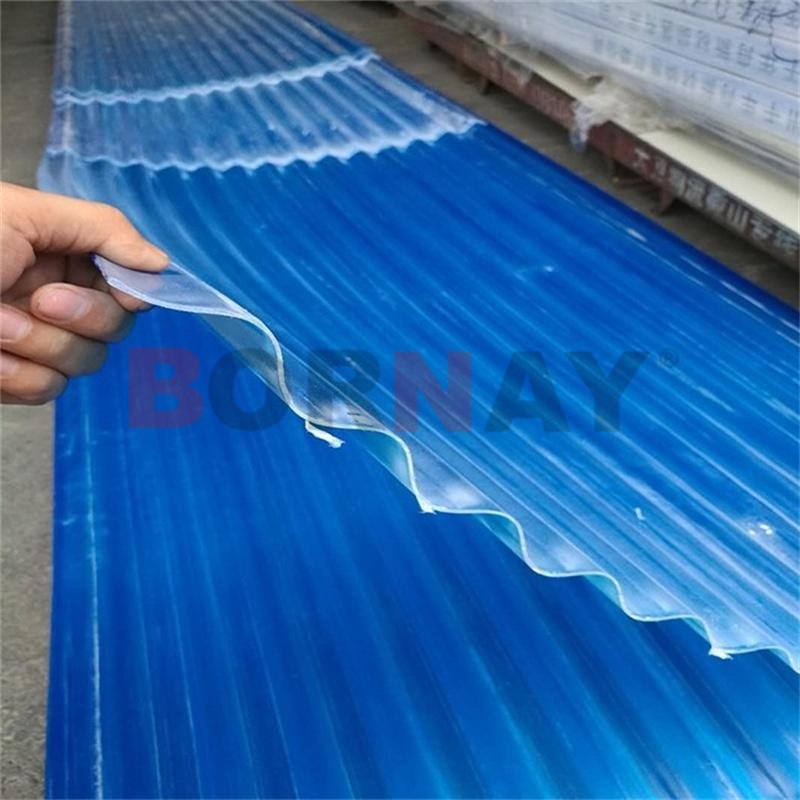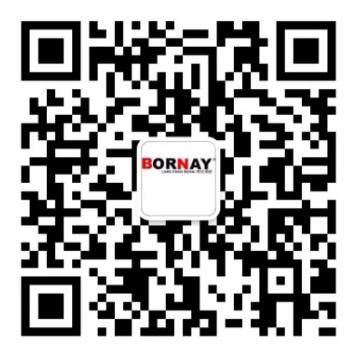Bienvenidos a Langfang-bonai
Do you know? Comparative Analysis of Langfang Bonai FRP Roof Panel and Traditional Roof Materials??
Comparative Analysis of Langfang Bonai FRP Roof Panel and Traditional Roof Materials
Introduction
Roofing materials play a vital role in the construction industry, impacting both the aesthetics and functionality of buildings. With the emergence of new technologies, alternatives to traditional roofing materials have gained attention. This comparative analysis focuses on Langfang Bonai Fiber Reinforced Polymer (FRP) Roof Panels and traditional roofing materials, evaluating their characteristics, advantages, and disadvantages.

Langfang Bonai FRP Roof Panels
Langfang Bonai FRP Roof Panels are a modern roofing solution that leverages Fiber Reinforced Polymer technology. These panels are composed of a strong polymer matrix infused with fibers, typically fiberglass, resulting in a lightweight yet durable material. Key features of Bonai FRP Roof Panels include:
Advantages:
- Lightweight: Bonai FRP Roof Panels are significantly lighter than traditional roofing materials such as concrete or clay tiles. This reduces the overall load on the structure, making them suitable for a wider range of buildings.
- Durability: FRP materials are highly resistant to corrosion, weathering, and chemical exposure. This extends the lifespan of the roof and reduces maintenance costs over time.
- Versatility: These panels can be molded into various shapes and sizes, allowing for customization and aesthetic flexibility. They are available in a range of colors and textures to suit different architectural styles.
- Installation: The lightweight nature of FRP panels simplifies the installation process, potentially reducing labor costs. The panels can be easily transported and maneuvered on-site.
Disadvantages:
- Cost: The initial cost of FRP panels, including materials and specialized installation, can be higher than some traditional roofing options.
- Temperature Resistance: FRP materials may experience some thermal expansion and contraction, potentially leading to minor structural changes over time.
Traditional Roofing Materials
Traditional roofing materials have been used for centuries and include options such as clay tiles, concrete tiles, asphalt shingles, and metal roofing.
Advantages:
- Aesthetics: Traditional materials are often chosen for their classic and timeless appearance. They can add a sense of authenticity and cultural significance to buildings.
- Affordability: In many cases, traditional roofing materials are more budget-friendly in terms of initial material costs.
Disadvantages:
- Weight: Traditional materials are generally heavier, requiring sturdier support structures. This can limit their use in certain architectural designs.
- Maintenance: Traditional roofs may require more frequent maintenance due to issues such as rust (in the case of metal roofs), cracking, and breakage (for clay tiles).
- Installation Complexity: Installation of traditional roofing materials can be more labor-intensive and time-consuming compared to modern alternatives.

Conclusion
In conclusion, the choice between Langfang Bonai FRP Roof Panels and traditional roofing materials depends on various factors, including budget, architectural style, durability requirements, and installation considerations. Bonai FRP Roof Panels offer advantages in terms of lightweight durability and versatility, while traditional materials provide a classic aesthetic at a potentially lower cost. It's important for builders and homeowners to carefully assess their priorities and consult with roofing professionals before making a decision, ensuring that the chosen roofing solution aligns with both functional and aesthetic needs


